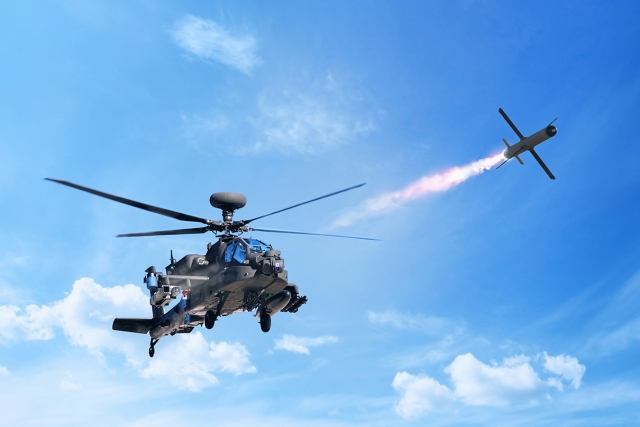Tail Section of C-130s are Made in India

Tail sections of C-130 aircraft for Lockheed Martin’s global customers are being made in India, Phil Shaw, chief executive of Lockheed Martin India told defenseworld.net.
Shaw said that Lockheed Martin’s Indian joint venture with Tata Advanced Systems in Hyderabad which makes parts of the tail and centre wing box sections of the C-130 had made an impressive start in producing aero structures for the aircraft. “Major tail section aero structures for C-130s for the global supply chain are now made here in India”, Shaw said.
He said that Lockheed Martin’s experience of manufacturing C-130 tail and centre wing box sections had been positive and “we feel we can manufacture more here should an opportunity present itself and the business case supports it.” Lockheed Martin supports the Indian government’s goal of indigenising the defence industry and the strategy of creating more opportunities for local manufacturing, he added.
Commenting on the demands of a few international companies to treat their 100% owned Indian subsidiaries as Indian companies, he said the move would help bring in investment, technology and develop domestic human resources and intellectual capital.
Shaw said that one of the successful initiatives of Lockheed Martin to develop technology in India was the DST-LM IIGP (India Innovation Growth Programme), run jointly by Lockheed Martin and the Department of Science and Technology, along with FICCI. The IIGP aims to enhance the development of India’s entrepreneurial economy by accelerating innovative Indian technologies into markets in the US and around the world. It is the only programme of its kind that focuses on teaching world-class commercialisation strategies. The IIGP has successfully provided innovators a platform to showcase their innovation to the angel investors and VC community across the globe.
Lockheed Martin is interested in co-production of defence hardware and using its immense experience in the integration of sensors for Indian projects. Examples of potential cooperation are the MH60 Romeo and Sierra helicopters which they hope to offer to the Indian Navy and the Javelin missile to the Indian army.
The company has entered the civil aviation sector in India via the Flight Simulation Techniques Centre (FSTC) in Gurgaon. It offers training for Boeing 737 and Airbus 320 pilots on two full motion flight simulators supplied by Lockheed Martin. FSTC has obtained full Type Rating Training Organisation (TRTO) certification from the DGCA in May 2013 and was awarded its European Aviation Safety Agency (EASA) type rating certification in 2014. “Previously, Indian pilots had to go to international locations for advanced simulator training, now foreign pilots can come to Gurgaon as it a lot cheaper here,” said Shaw.









